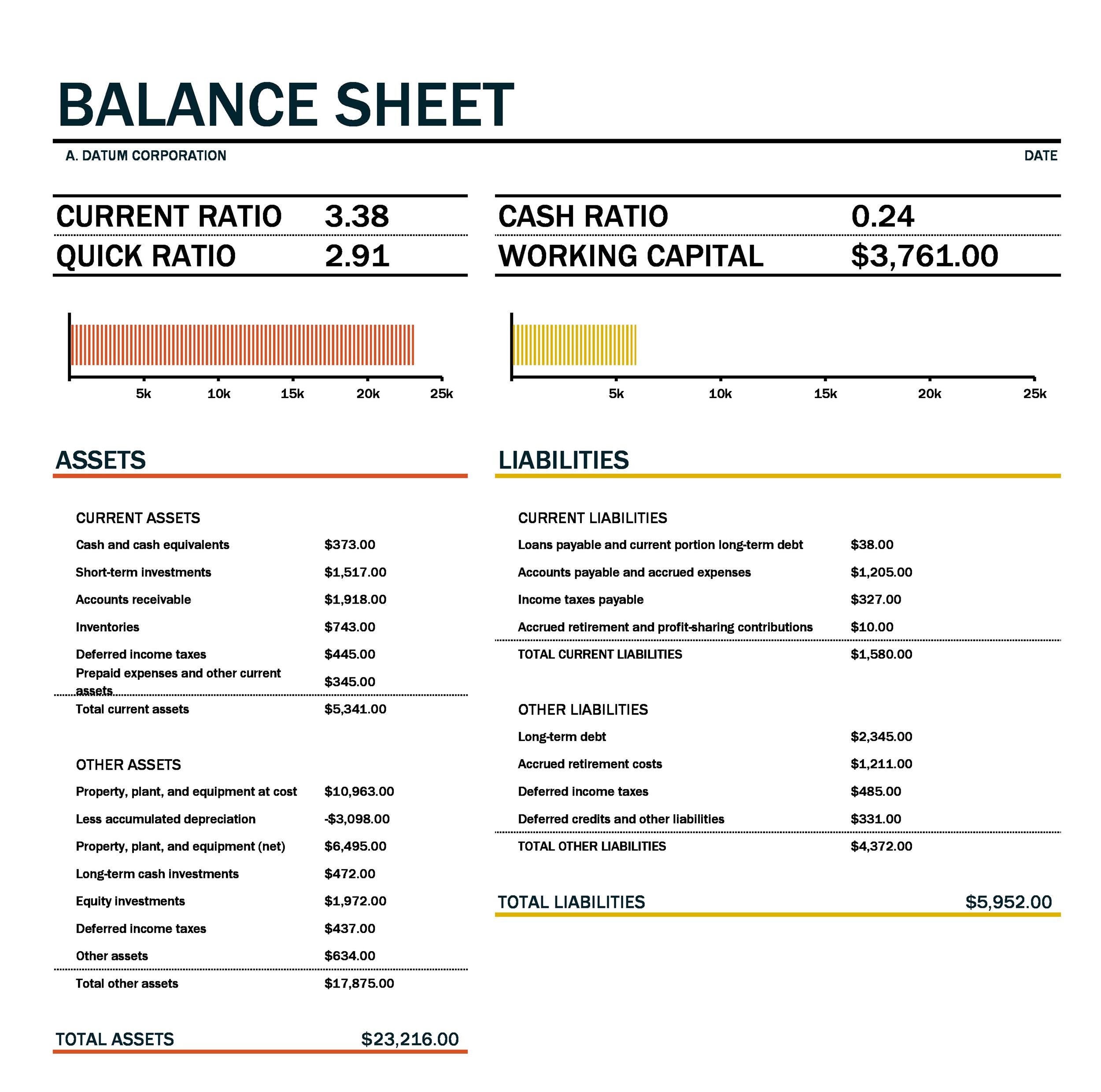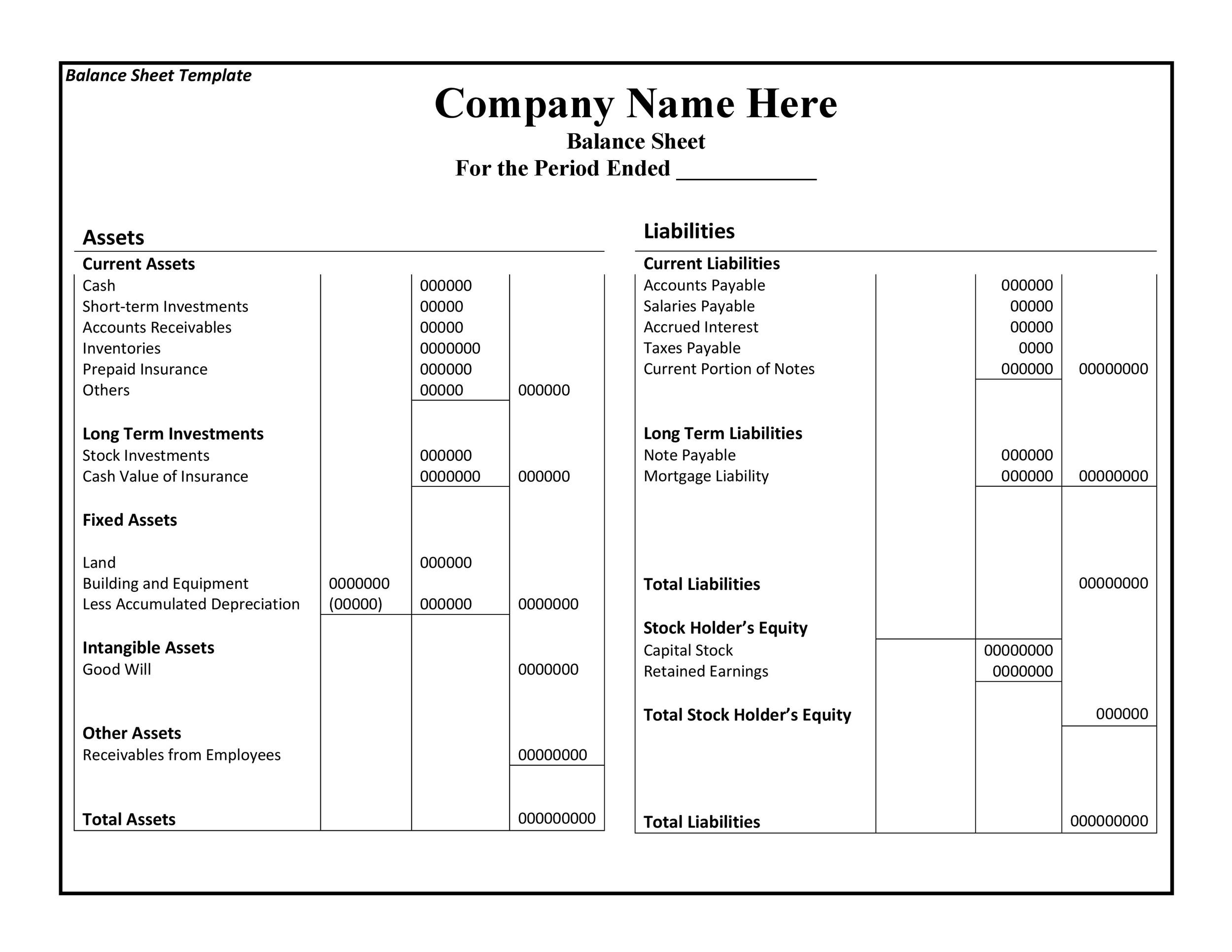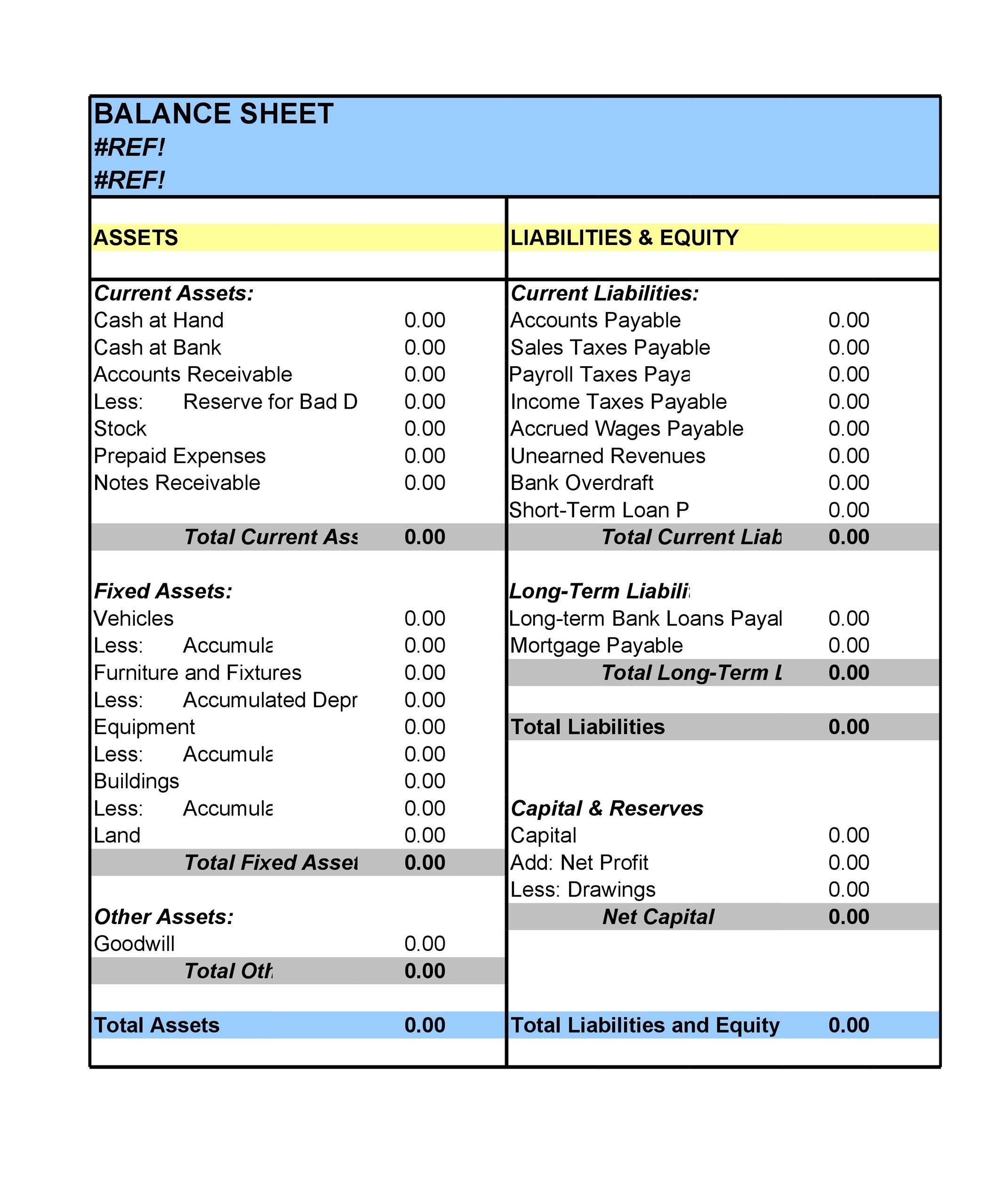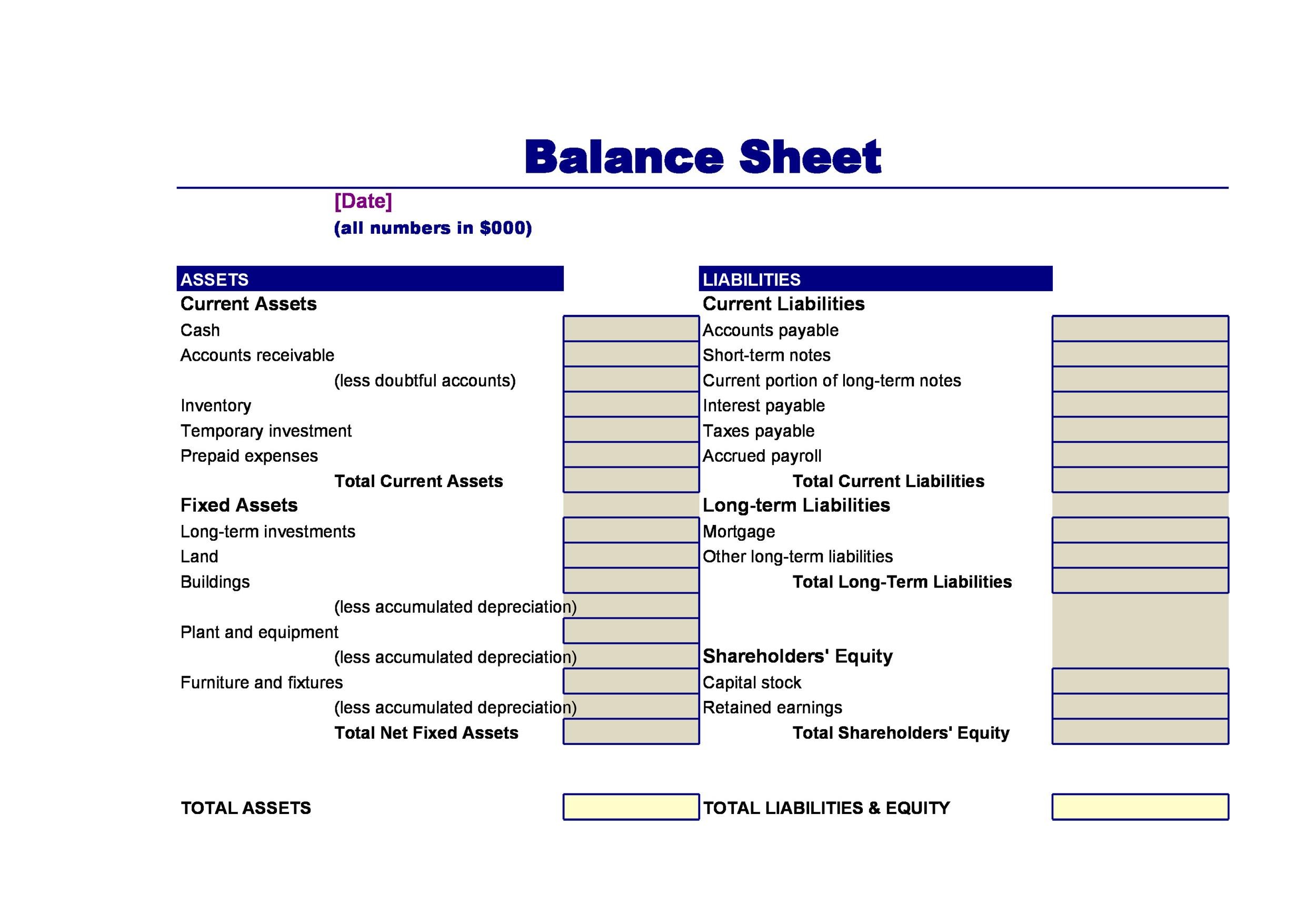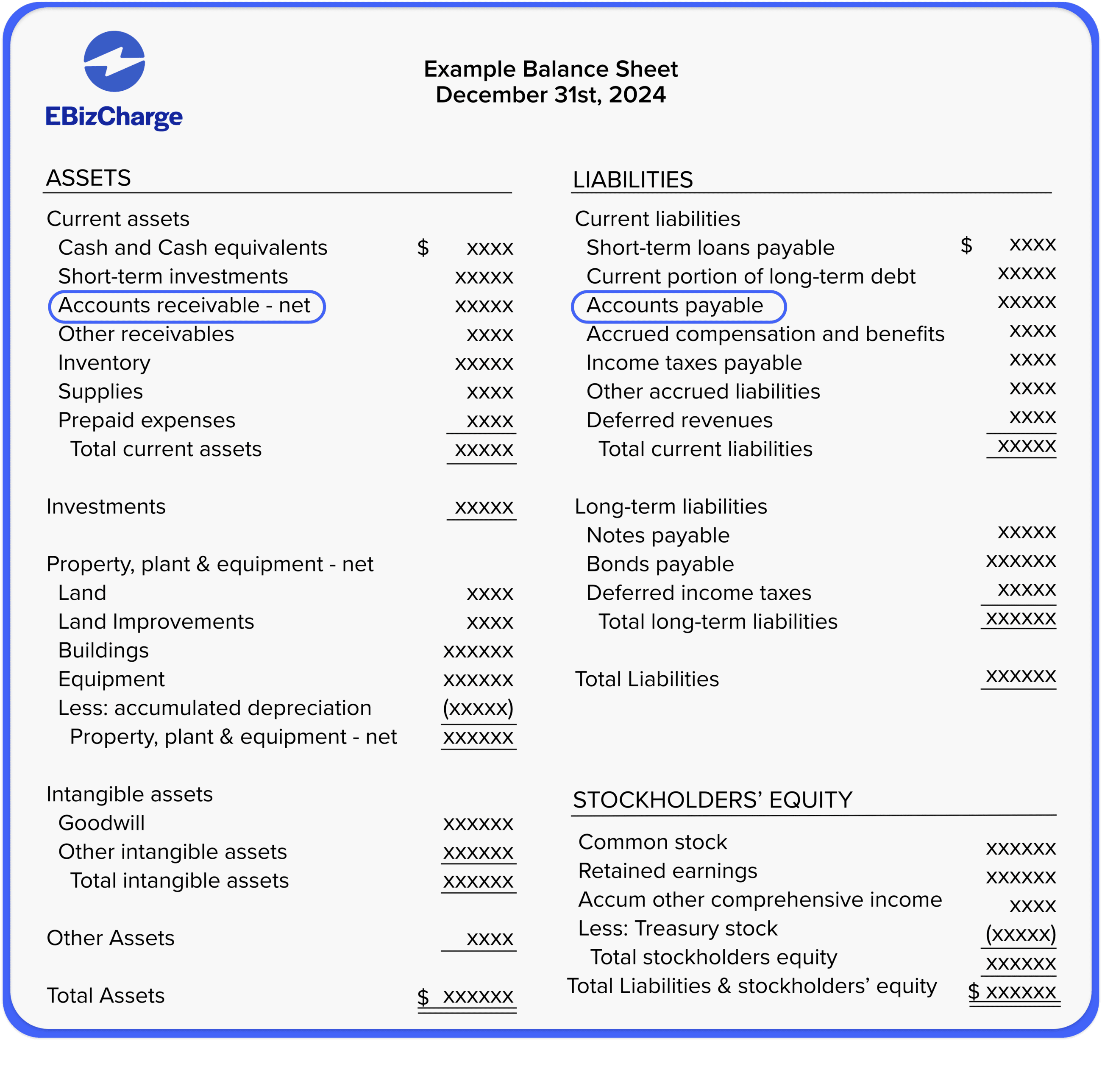Payables Balance Sheet - The accounts payable is recognized as a current liability on the balance sheet because the payment obligation is. When a company purchases goods and services from a supplier or creditor on credit that needs to be paid back quickly. Accounts payable in a balance sheet refer to the amounts that a company owes to its suppliers or creditors for goods or services it has received.
When a company purchases goods and services from a supplier or creditor on credit that needs to be paid back quickly. The accounts payable is recognized as a current liability on the balance sheet because the payment obligation is. Accounts payable in a balance sheet refer to the amounts that a company owes to its suppliers or creditors for goods or services it has received.
Accounts payable in a balance sheet refer to the amounts that a company owes to its suppliers or creditors for goods or services it has received. When a company purchases goods and services from a supplier or creditor on credit that needs to be paid back quickly. The accounts payable is recognized as a current liability on the balance sheet because the payment obligation is.
What Are Trade Payables? (Examples Included)
The accounts payable is recognized as a current liability on the balance sheet because the payment obligation is. Accounts payable in a balance sheet refer to the amounts that a company owes to its suppliers or creditors for goods or services it has received. When a company purchases goods and services from a supplier or creditor on credit that needs.
Bills Payable in Balance Sheet Double Entry Bookkeeping
Accounts payable in a balance sheet refer to the amounts that a company owes to its suppliers or creditors for goods or services it has received. When a company purchases goods and services from a supplier or creditor on credit that needs to be paid back quickly. The accounts payable is recognized as a current liability on the balance sheet.
38 Free Balance Sheet Templates & Examples ᐅ TemplateLab
The accounts payable is recognized as a current liability on the balance sheet because the payment obligation is. Accounts payable in a balance sheet refer to the amounts that a company owes to its suppliers or creditors for goods or services it has received. When a company purchases goods and services from a supplier or creditor on credit that needs.
38 Free Balance Sheet Templates & Examples Template Lab
Accounts payable in a balance sheet refer to the amounts that a company owes to its suppliers or creditors for goods or services it has received. When a company purchases goods and services from a supplier or creditor on credit that needs to be paid back quickly. The accounts payable is recognized as a current liability on the balance sheet.
How Do You Calculate Accounts Payable On A Balance Sheet at Sara Gosman
When a company purchases goods and services from a supplier or creditor on credit that needs to be paid back quickly. The accounts payable is recognized as a current liability on the balance sheet because the payment obligation is. Accounts payable in a balance sheet refer to the amounts that a company owes to its suppliers or creditors for goods.
What is accounts receivable? Definition and examples
Accounts payable in a balance sheet refer to the amounts that a company owes to its suppliers or creditors for goods or services it has received. When a company purchases goods and services from a supplier or creditor on credit that needs to be paid back quickly. The accounts payable is recognized as a current liability on the balance sheet.
38 Free Balance Sheet Templates & Examples ᐅ TemplateLab
When a company purchases goods and services from a supplier or creditor on credit that needs to be paid back quickly. Accounts payable in a balance sheet refer to the amounts that a company owes to its suppliers or creditors for goods or services it has received. The accounts payable is recognized as a current liability on the balance sheet.
38 Free Balance Sheet Templates & Examples Template Lab
When a company purchases goods and services from a supplier or creditor on credit that needs to be paid back quickly. The accounts payable is recognized as a current liability on the balance sheet because the payment obligation is. Accounts payable in a balance sheet refer to the amounts that a company owes to its suppliers or creditors for goods.
How to Read a Balance Sheet (Free Download) Poindexter Blog
The accounts payable is recognized as a current liability on the balance sheet because the payment obligation is. Accounts payable in a balance sheet refer to the amounts that a company owes to its suppliers or creditors for goods or services it has received. When a company purchases goods and services from a supplier or creditor on credit that needs.
What are Accounts Receivable and Accounts Payable?
When a company purchases goods and services from a supplier or creditor on credit that needs to be paid back quickly. Accounts payable in a balance sheet refer to the amounts that a company owes to its suppliers or creditors for goods or services it has received. The accounts payable is recognized as a current liability on the balance sheet.
When A Company Purchases Goods And Services From A Supplier Or Creditor On Credit That Needs To Be Paid Back Quickly.
Accounts payable in a balance sheet refer to the amounts that a company owes to its suppliers or creditors for goods or services it has received. The accounts payable is recognized as a current liability on the balance sheet because the payment obligation is.


